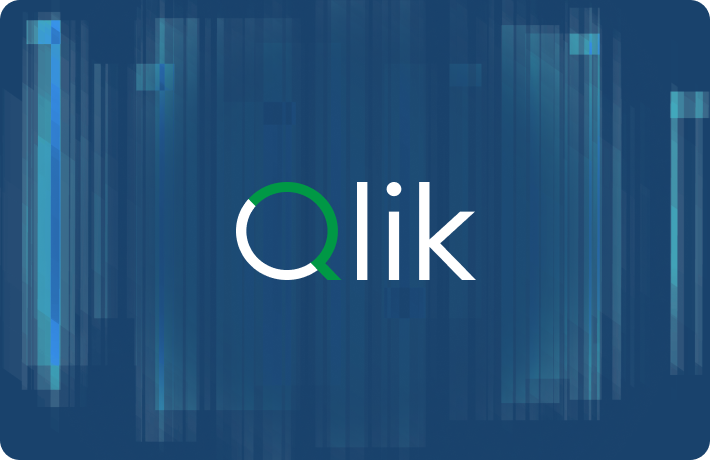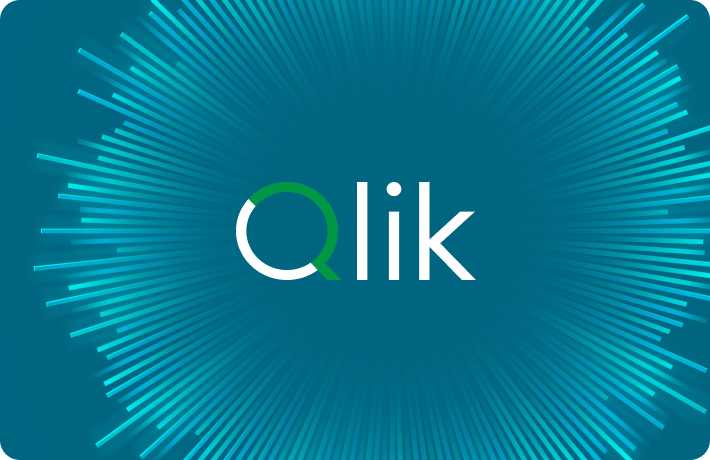Using Business Intelligence (BI) tools can be overwhelming—especially for company executives, shopkeepers, or factory workers who may only engage with them occasionally.
This challenge is one of the key reasons we set out to rethink how most users interact with their data. Rather than relying solely on interactive dashboards or static PDF reports, we're exploring more intuitive and user-guided approaches.
Bringing Gray Closer to the Surface
If Qlik’s associative engine is powerful because it shows not just the selected data, but also the excluded data (the gray), then how can that mindset be brought into decision assistance?
The Selections Insights tool already allows users to invert selections quickly and explore the "NOT" state. Now imagine if that same principle were embedded into Qlik Answers—where intelligent suggestions and automatic inversions are surfaced directly in the question interface. A one-click entry into the gray space, paired with context-aware follow-up actions, could make Answers not just responsive, but curious—thinking one step ahead on the user’s behalf.
Let us walk you through how this vision comes to life in three guided steps:
Step 1: Visual Feedback (Green)
In the first step, Answers interprets the user’s natural language query and delivers a clear, trusted response from governed structured or unstructured data sources—comparable to Qlik’s green selections: user-driven, reliable, and confirmatory.
The interaction is simple and direct: ask a question, get an answer. But answers to known questions only go so far. The next level lies in unlocking the potential of what users haven't asked—yet.
Step 2: Contextual Storytelling (White)
Clicking “Elaborate” triggers an LLM-powered narrative that explains the answer in human terms. This is Answers moving from talking to the user to speaking with them.
This stage mirrors Qlik’s white space: possibilities and context. Here, the assistant adds meaning by integrating business glossary definitions, offering relevant context, and telling a story—not just presenting numbers. It bridges the gap between raw data and human understanding.
Step 3: Insightful Exploration (Gray)
Clicking “Show More” reveals intelligent next steps—alternate comparisons, anomaly detection, drill-downs, zoom-outs, or other potential actions.
This is the gray zone: the hidden, the excluded, the unexplored. Just as Qlik’s associative engine reveals what’s not selected, Answers brings out counterfactuals and blind spots—inviting users to challenge assumptions and uncover bias or surprises. Here, the assistant transitions from a responsive tool to a proactive decision-making partner.
User-Guided Intent
A key design philosophy behind this experience is what we call user-guided intent:
User-guided intent is an approach where the system allows users to influence or clarify how their input is interpreted, helping it accurately understand and fulfill their goals.
Instead of assuming every query will be perfectly understood, we empower users to guide and refine their journey—instilling trust, transparency, and a sense of control.
This philosophy underpins not only how queries are answered, but also how follow-up actions are structured.
Action Layers and Their Priority
To support exploration, we’ve introduced structured action layers that surface appropriate next steps—without overwhelming or distracting from the answer itself.
Primary Actions
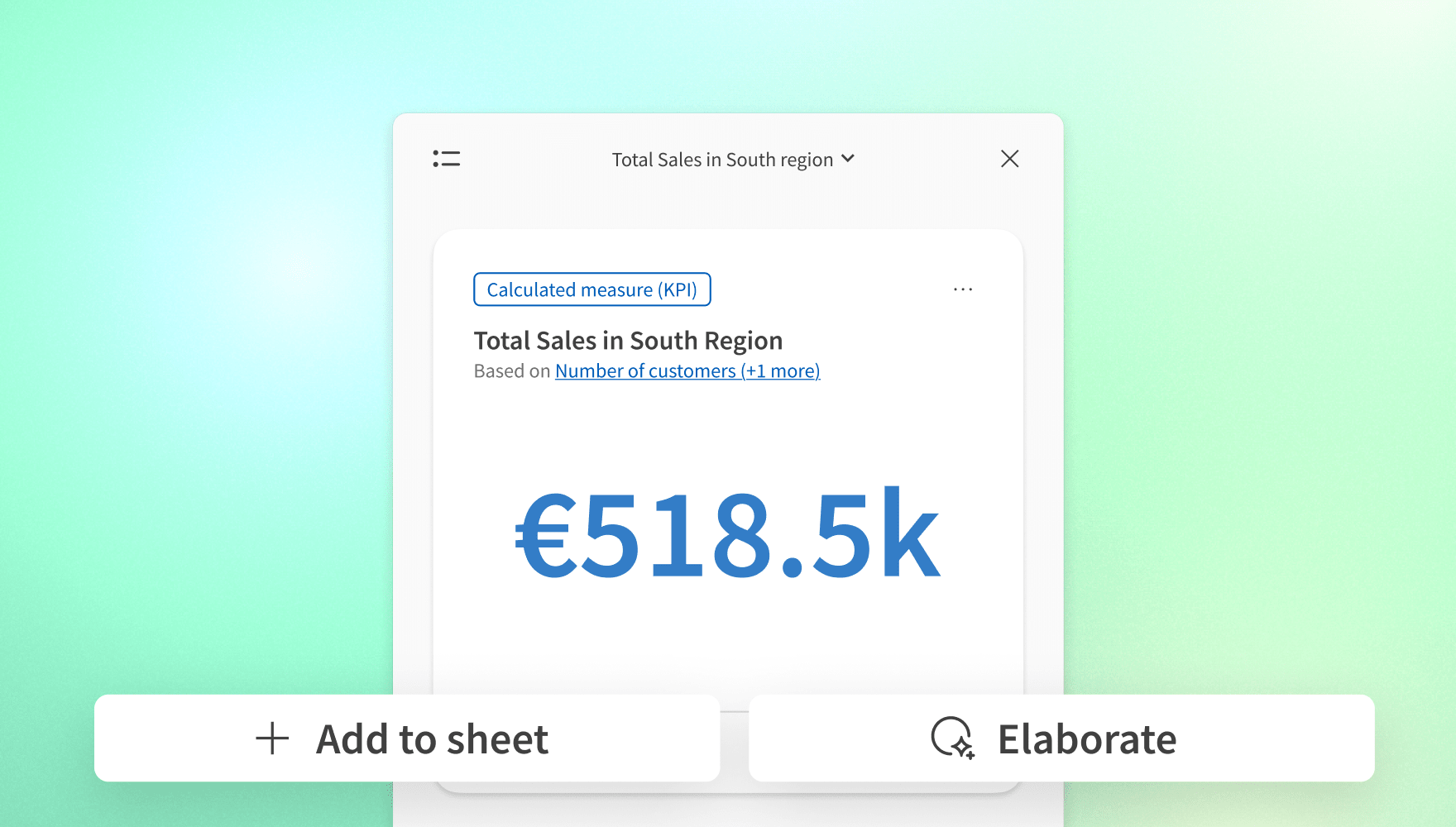
These are directly tied to the answer—clear, visible, and easy to act on.
Examples: Elaborate, Show source
Secondary Actions
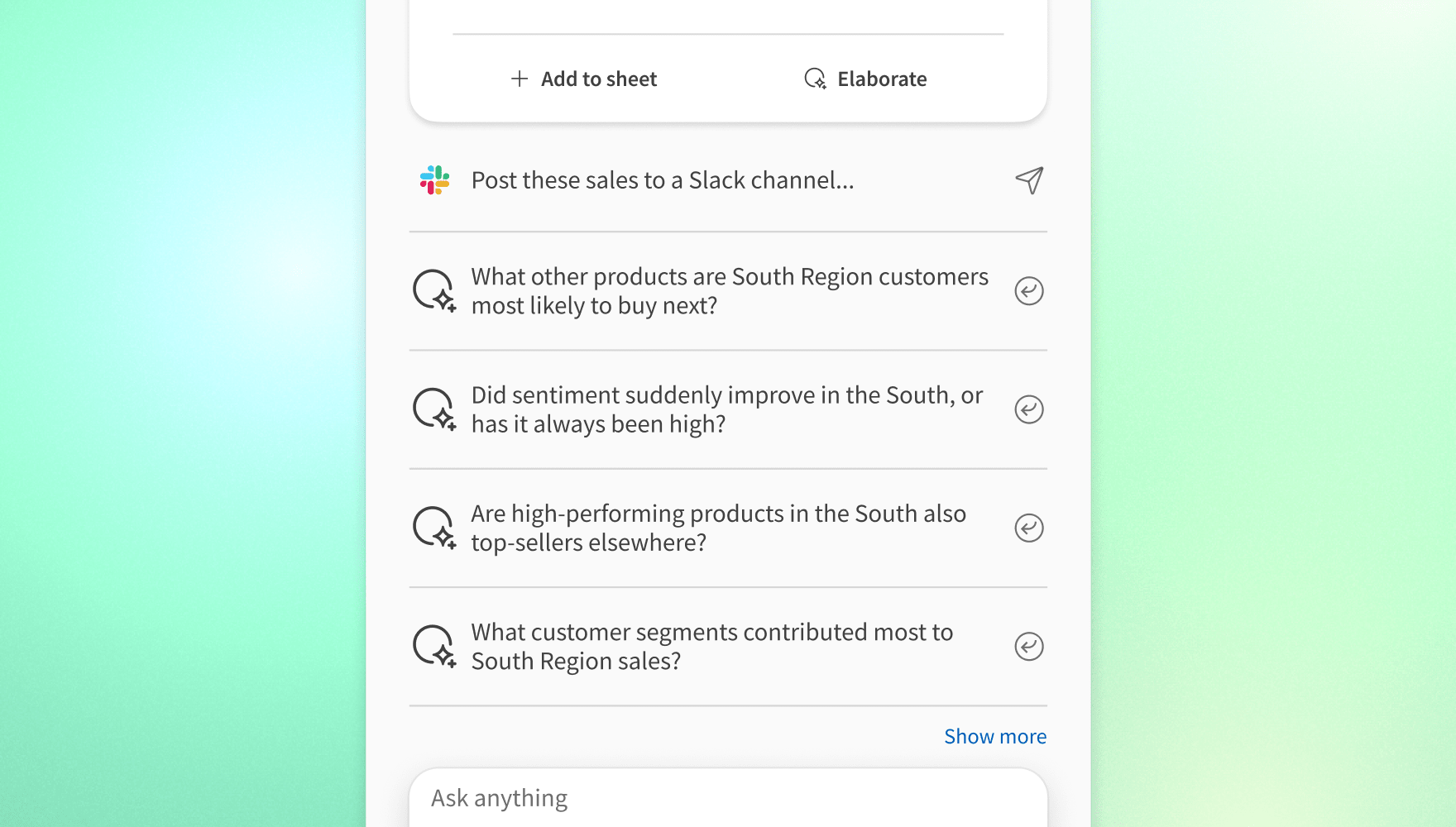
These help refine or extend the query—drilling deeper or expanding context.
Examples: Follow-up question, Add to…
Tertiary Actions
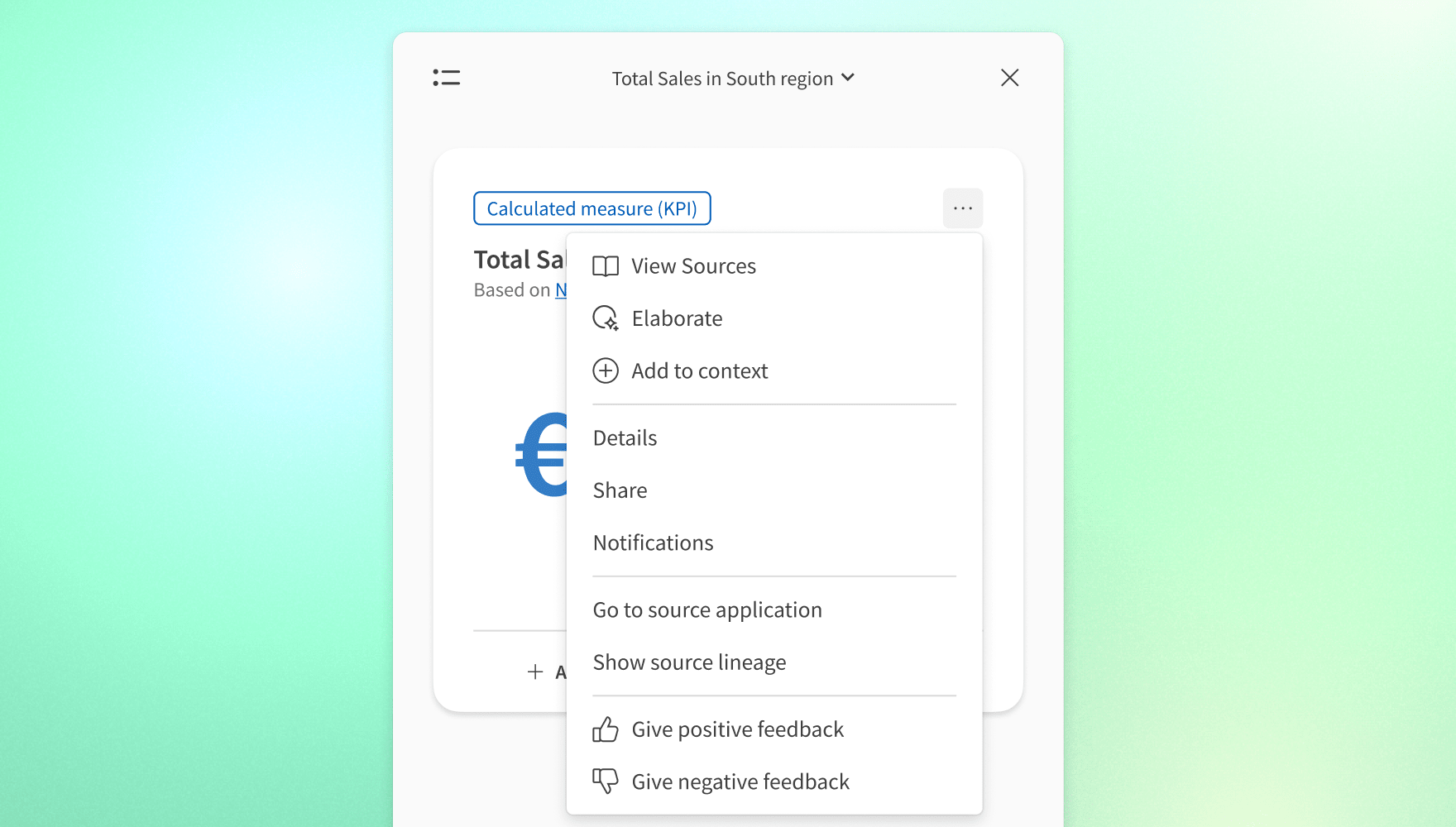
Less frequently used, but still relevant—they support continuity without breaking flow.
Examples: Give feedback, Relevance
All actions are context-aware: they adapt based on where the question is asked (application, assistant, activity center, embedded workflow) and the type of answer returned (structured, unstructured, or automation-based).
The Future of Decision-Making Is Conversational and Inclusive
Qlik Answers is more than just a smarter way to ask questions. It’s a shift toward inclusive, conversational decision-making—bringing the full depth of Qlik’s associative engine (green, white, and gray) into a seamless, natural experience.
As we expand to support unstructured data and automated actions by the end of 2025, Answers will evolve from being a helpful assistant to a true partner in business intelligence. One that thinks with you, asks smarter questions, and empowers every user—regardless of technical skill—to make faster, better-informed decisions.
We see a future where user-guided experiences grow even further, with multi-source or hybrid answers that adapt based on intent, context, and content—because real insights come not just from what’s known, but from what’s possible.
In this article:
Analytics



